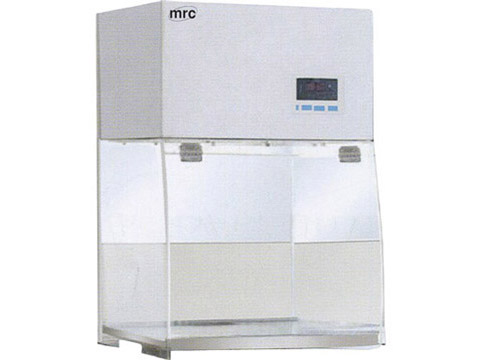Biological cabinets, also known as biosafety cabinets or microbiological safety cabinets, are a type of laboratory equipment designed to provide a clean and safe working environment for handling biological materials. They are widely used in research, clinical, and industrial settings to protect workers and samples from contamination and to prevent the release of infectious agents into the environment. In this article, we will explore the advantages of using biological cabinets and how they can improve laboratory safety and efficiency.
Why is it important to use Biological Cabinets?
In the field of microbiology, safety is of utmost importance. Working with biological materials such as bacteria, viruses, and fungi can pose a significant risk to laboratory workers if proper precautions are not taken. Biological cabinets offer a safe and controlled environment for handling these materials by providing a physical barrier between the operator and the sample. In addition to providing protection, biological cabinets also offer several other advantages that can improve laboratory operations.

Advantages of Using Biological Cabinets
- Containment of hazardous materials
- Biological cabinets are designed to contain hazardous biological materials and prevent their release into the environment. This is accomplished through a series of air filters and exhaust systems that remove airborne particles and pathogens.
- Protection of operators

Biological safety cabinets provide a physical barrier between the operator and the sample, preventing exposure to potentially harmful materials. The cabinet also offers a sterile environment, reducing the risk of contamination and infection.
- Prevention of cross-contamination
- Increased efficiency
- Biological cabinets are designed to optimize workflow and increase efficiency. The cabinet can be customized to meet the needs of the laboratory and can include features such as electrical outlets, gas valves, and storage areas for supplies.
- Compliance with regulations
- Many regulatory agencies require the use of biological cabinets in laboratories that handle hazardous biological materials. Compliance with these regulations can prevent fines and legal action against the laboratory.

Types of Biological Cabinets
There are three main types of biological cabinets, each with their own advantages and applications.
Class I Biological Cabinets
Class I biological cabinets are the most basic type and are typically used for low-risk materials. These cabinets provide operator protection and prevent the release of pathogens into the environment, but do not provide protection for the sample.
Class II Biological Cabinets
Class II biological cabinets are the most common type of biological cabinet and are designed for handling hazardous materials. These cabinets provide operator and sample protection and are classified into four subtypes based on their level of protection.
Class III Biological Cabinets
Class III biological cabinets are the highest level of protection and are designed for working with the most hazardous biological materials. These cabinets provide complete containment of the sample and are typically used in high-risk settings such as biosafety level 4 laboratories.